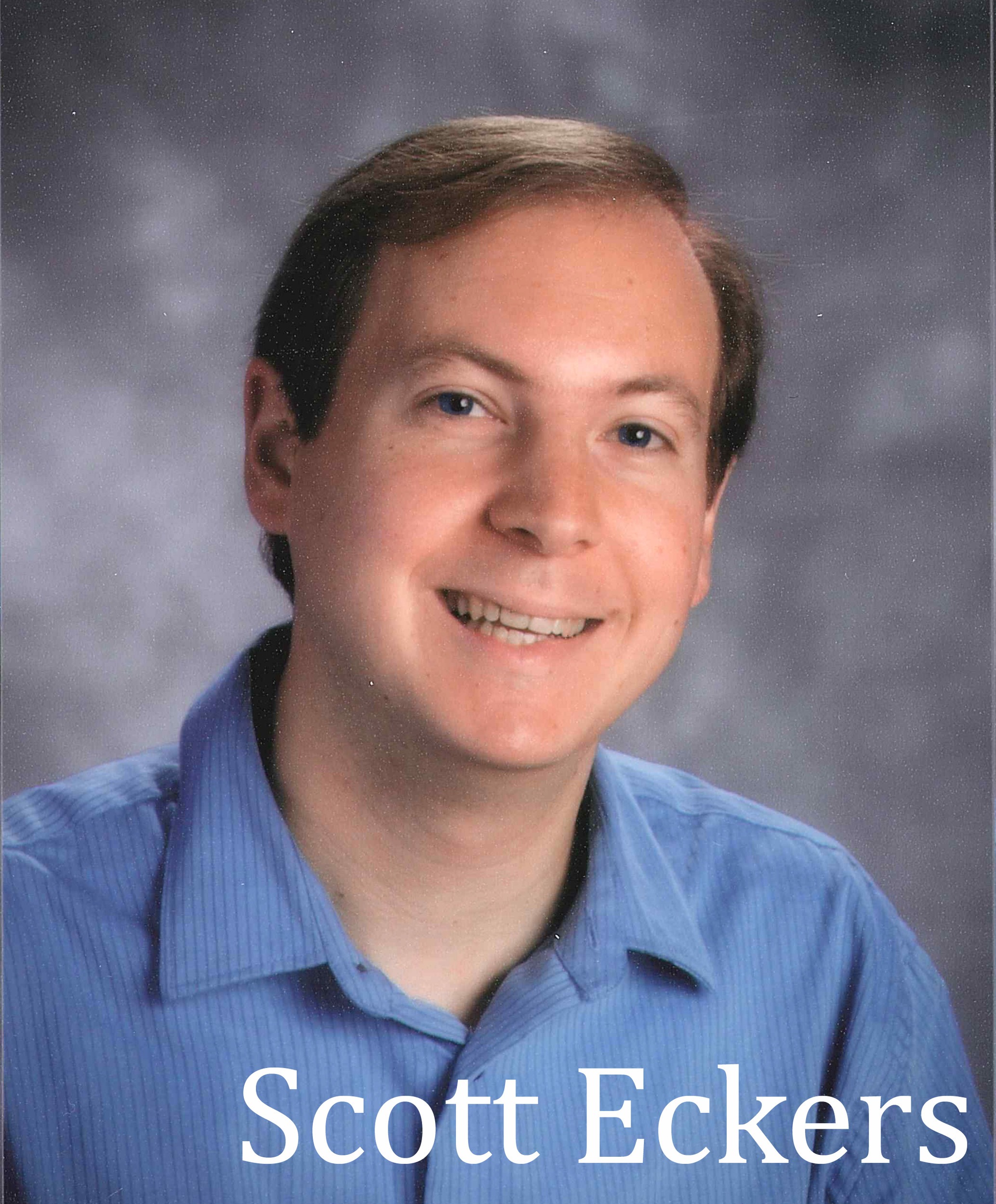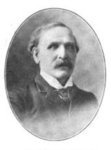A Prospect Avenue professor
In the previous column, I outlined some prominent residents of East Meadow living along Hempstead Turnpike at the turn of the previous century. This week, let's explore a sleepier part of East Meadow around 1900: Prospect Avenue.
In the 19th century, Prospect Avenue was known as Haycarter's Lane. As its name suggests, local farmers would take the country lane to the hay fields. The fields were clearly not far from anybody's homestead because the lane ended at Newbridge Avenue (now East Meadow Avenue). One of the most distinguished residents of Prospect Avenue was Dr. Frederick Grubé.
Frederick W. Grubé, Ph.D., LL.D., was born in Germany in 1840 and earned two doctorates in Europe (at Bonn University and Trinity College) before settling in the United States in 1870. He married Ellen Gordon the same year and was then a professor in Vermont and at the University of Nebraska. Dr. Grubé was a public school teacher in New York City for over twenty years, a professor of languages at Boys' High School in Brooklyn. He was also renowned for his works, "Dialogues in Latin," "Latin Ode on Greater New York," and various works in German, French, Spanish, and English. Grubé was appointed by New York City Mayor Robert Van Wyck as a member of the Commission of Statistics. Dr. and Mrs. Grubé had a daughter, Eulalia, who lived in East Meadow. She died at age 43 in 1919, leaving an estate of $4,128.41 to her sister, Lillian Johnson, who also lived in the community.
A laudatory exposé in the Tammany Times called Grubé an "unsurpassed" orator and a dedicated member of his political party. Indeed, Dr. Grubé was an outspoken Democratic political activist who wrote passionately about the need to reform state government, which he thought to be bloated with corrupt legislative committees. "Who cannot see the danger to any man's freedom from an Albany Legislative Committee," he wrote in 1899, "in theory responsible to a majority, which is, in turn, obtusely and wickedly responsible only to itself and oblivion." Grubé believed that parliamentary committees threatened the intent of the Declaration of Independence and separation of powers as outlined in the Constitution. "If free government is to live," he concluded, Legislative Committees must go!" He wrote fervently about honest and true Tammany men. The Tammany Society, of course, was notorious for its political corruption in the late 19th century under Boss Tweed.
In 1891, Grubé married Emilie Daniel, an aristocratic Louisianan. The Grubés' home on Prospect Avenue, which started out as a country estate during Frederick's working years, was at current-day Coakley Street, where the Prospect Avenue Elementary School stood from the 1950s through 1970s. Evidence from genealogical records suggests that the house was named Gothic Cottage. Frederick and his wife Ellen were travelers and hosts: local newspapers accounted for their whereabouts (Taking a boat trip down the Saint Lawrence River! Participating in a grand march in a crowd of 4,000!) and house-guests (Hosting a wealthy miner from Colorado!) due to their status as mid-level "society" figures.
In 1907-1908 the New York City Department of Education hosted a series of public lectures. Dr. Grubé gave two lectures in German and English on Goethe's "Faust" and Frederick the Great. He also gave an English-language lecture on the history of Holland. Dr. Grubé died in 1918 after a weeklong bout with pneumonia. Mrs. Grubé passed away ten years later. Frederick and Emilie had two daughters, one of whom lived in East Meadow.
© Scott Eckers
Dr. Scott Eckers is the author of East Meadow (in Arcadia Publishing's Images of America series). He is a trustee on the East Meadow Board of Education and serves as a teacher and administrator in a nearby school district. He is also an entertainer and recording artist.

 47.0°,
Mostly Cloudy
47.0°,
Mostly Cloudy 







